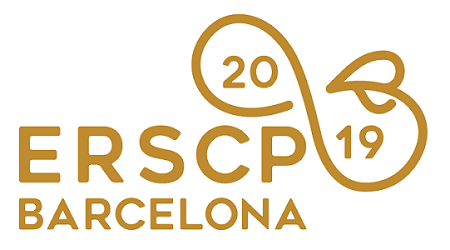Full Program »
Biomimicry as an Approach to Generate Sustainable Business Models – a typology of biomimetic businesses
The adoption and actual practice of the Circular Economy (CE) is still marginal and for many organisations synonymous with recycling, while CE’s ideal provides much more and potential more sustainable strategies (e.g. re-use, re-pair etc.). Businesses are not taking advantage of the full potential of the ideal of CE, which provides opportunities for sustainable development through a new understanding of operational processes, supply chains, and business models. One promising approach to incorporate sustainability within business models is Biomimicry. Biomimicry is “a new science that studies nature’s models and then imitates or takes inspiration from these designs and processes to solve human problems” (Benyus, 2002:I). Nature is an inspiring source of knowledge, and instead of dominating and exploiting nature, biomimicry focuses on learning and exploration from nature (Blok and Gremmen, 2016). The effect of biomimetic approaches on business models remains largely unexplored. Therefore, the general objective of this study is to assess and identify the (sustainable) characteristics of business models of businesses that apply a biomimicry design approach and to analyze the different ways of sustainability operationalization used within these business models. This research investigates how businesses use nature both as a ‘model’ for innovation (e.g. biomimetic design like gecko-tape or sharkskin-inspired swimsuits) and as a ‘measure’ for sustainability (nature as a normative framework). By researching how bio inspired strategies impact business model (re)design, we provide an empirically informed typology of biomimetic businesses, insights in the mechanisms behind the (re)design of circular business models, and strategies to take full advantage of the ideal of CE to achieve sustainable and economic viable business practices. We conducted a qualitative multiple case study, collecting data from 15 semi-structured interviews with general managers of start-ups and established companies that incorporated a biomimicry design approach. The interviews provided in-depth information about company’s position towards sustainability, based on the The Four Phase Model of Sustainable Entrepreneurship (van Tilburg et al., 2012). Next, the Sustainable Business Models (SBMs) were assessed based on the elements of successful SBMs outlined by Upward & Jones (2016) and the elements of the Eight SBM Archetypes Model (Bocken et al., 2014; circular business models are seen as a one of the SBM archetypes and have additional characteristics). The results distinguish three types of biomimetic business models based on the role that the application of biomimicry has on the business model. These three types are: Transforming, Supporting, and Instrumental. Businesses in the transforming category build their business model based on biomimicry’s framework Life’s Principles (set of strategies and overarching patterns found amongst the species surviving and thriving on Earth) and score highest on sustainability characteristics found at business model level. In the Supporting category biomimicry played a supporting role in creating SBM characteristics. In the Instrumental category biomimicry only played a role in the product design and product innovation parts of the business model. The outcomes of this study and classifications in three different types function as models for potential future biomimicry application, and as best practice strategies to integrate sustainability in the business model. With this, we provide a roadmap and show which activities, perspectives, decisions, and ways of operationalization lead to sustainability outcomes. Biomimicry, with explicit use of the Life’s Principles, offers an effective strategy to integrate full sustainability in business models.
